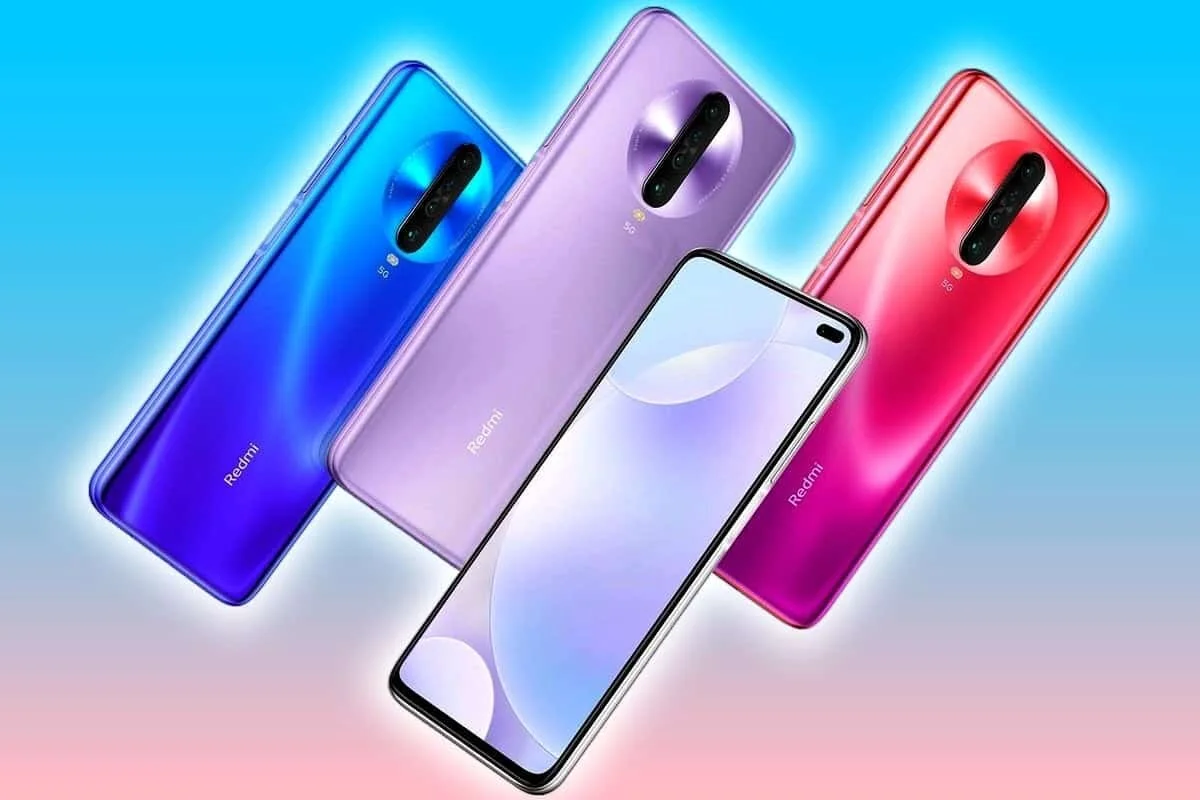Without a Snapdragon 855 offering, many have started to wonder Redmi’s role in foreign markets, and it is here that the potential for a Pocophone successor shines through. According to the Economic Times of India, Xiaomi created Redmi with as a “budget” sub-brand, furthermore, on an interview posted to Chinese blogging site Weibo, Xiaomi’s Lei stated that “While the Redmi brand focused on value-for-money budget smartphones, the Mi brand is focused on high-end devices. Also, the Redmi devices are primarily sold through e-commerce platforms while Mi devices are not e-commerce focused”.
Following Lei’s statement, it becomes easier to understand why the west will not be seeing a K20 Pro variant. By releasing a Snapdragon 855 powered device that calls itself a “flagship killer”, the company would potentially put at jeopardy Xiaomi’s high-end focus, not only confusing consumers, but potentially harming the appeal of devices such as the Xiaomi Mi 9 in foreign markets.
This isn’t the first time that such a tactic has been introduced by Chinese companies when entering the foreign market. Huawei, which owns the Honor sub-brand, ensures that Honor sells less complete packages in comparison to the Mate and P series phones, thus positioning Honor as the budget division of Huawei’s flagship lineup. A similar tactic can be seen with Oppo, owner of both One Plus and the Real Me sub-brands. In their case, One Plus has recently taken a flagship stand with the likes of the One Plus 7 Pro, while the Real Me phones stay at the sub $300 price point, smoothly leaving Oppo’s main brand in a stable mid-range position. By following a similar strategy, Xiaomi can ensure that consumers of all products can assimilate to their brands, while also creating a cohesive ecosystem for consumers to follow.




